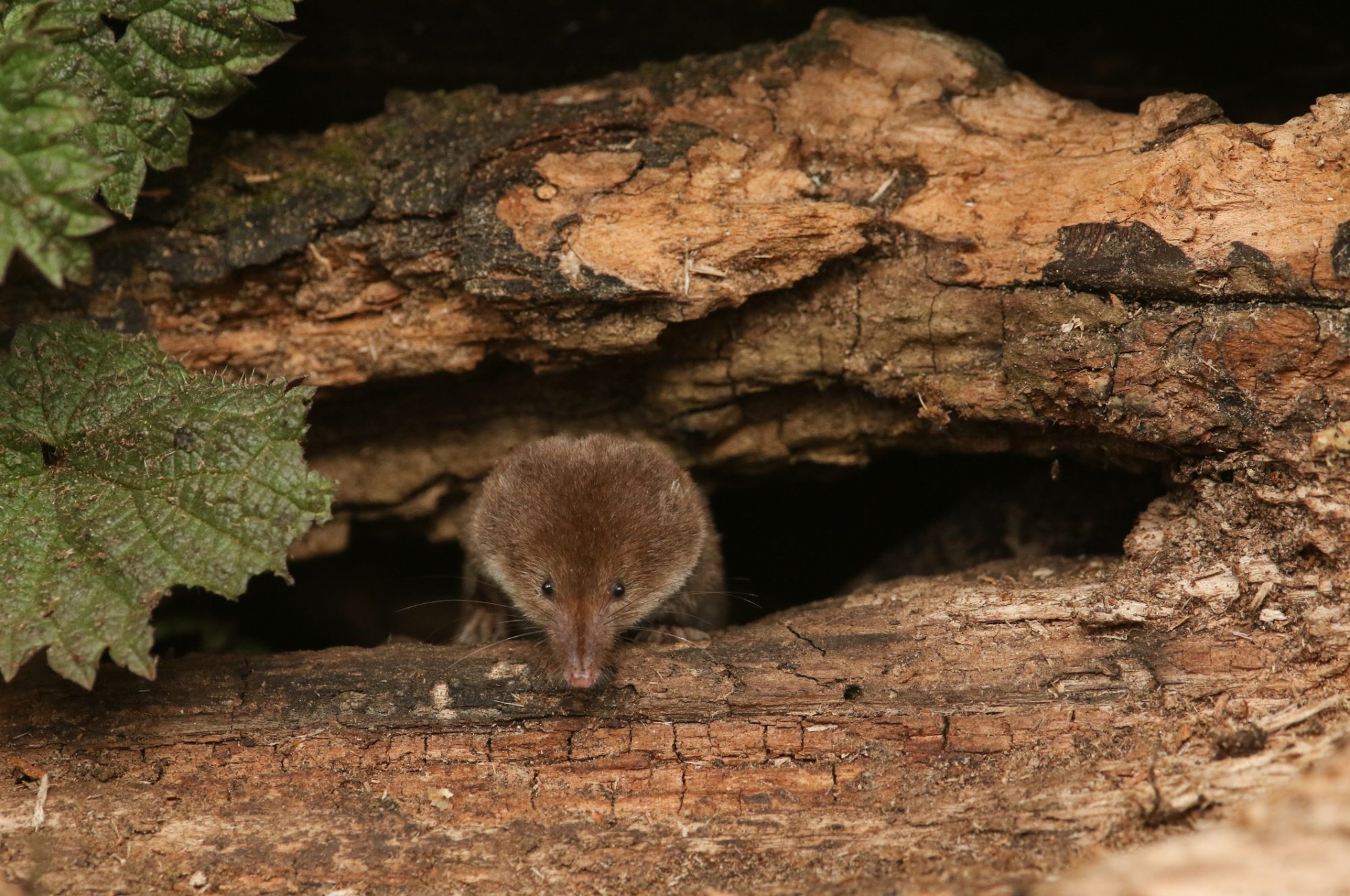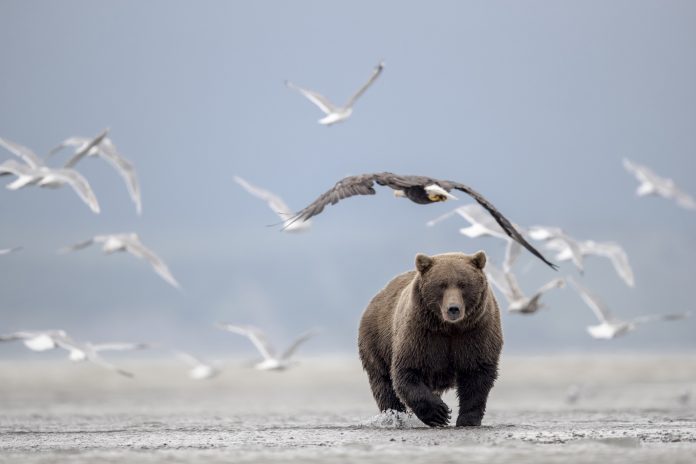As the effects of global warming induce deadly weather patterns and disruptions to ecosystems, researchers analyse the outcomes of animals and climate change
Extreme weather such as prolonged drought and heavy rainfall is becoming more and more common as the global average temperature rises, inducing climate change – and it will only get worse in the coming decades.
Researchers from the University of Southern Denmark, looking at how the planet’s ecosystems will respond to a changing climate, estimate which animals will be the most and least resilient to climate change and its effects.
Predicting ecological changes for animals and climate change
The study researchers expect that the ability of different animal species to adapt to climate change is related to their life strategy, which can help predict ecological changes to weather extremes.
For instance, as habitat suitability changes with climate change, some species may be forced to move to new areas as old areas become inhospitable. These shifts depend on species’ life strategies and can have big impacts on ecosystem function.
The ability of an animal species to withstand climate change must not stand alone when assessing the species’ vulnerability to extinction
Analysing population fluctuations from 157 mammal species from around the world, researchers compared them with weather and climate data from the time the animal data were collected. For each species, there are 10 or more years of data.
Overall, the research highlighted that the animals which live a long time and have few offspring are less vulnerable when extreme weather hits than animals that live for a short time and have many offspring.
Which species are predicted to be the most and least affected?
Less affected by extreme weather:
- African elephants
- Siberian tigers
- Chimpanzees
- Greater horseshoe bats
- LlamasVicuñas
- White rhinoceros
- Grizzly bears
- American bison
- Klipspringers
- Schreibers’s bats
More affected by extreme weather:
- Azara’s grass mice
- Olive grass mice
- Elegant fat-tailed mouse opossums
- Canadian lemmings
- Tundra voles
- Arctic foxes
- Stoats
- Common shrews
- Woylies
- Arctic ground squirrels
Overall, the larger, long-lived animals are better able to cope with conditions like prolonged drought; and their ability to survive, reproduce and raise their offspring is not affected to the same extent as small, short-lived animals.
They are able to, for example, invest their energy into one offspring, or wait for better times when conditions become more challenging.
Conversely, the small short-lived animals, like rodents, have more extreme (and potentially fatal) population changes in the short term. For instance, In the event of a prolonged drought, large parts of their food base may disappear more rapidly: insects, flowers, fruits, and they are left to starve because they have limited fat reserves.
However, these populations of small mammals may also quickly reproduce to take advantage when conditions improve because, in contrast to large mammals, they can produce many offspring – which could indicate better adaptation in the long term.

Vulnerability factors of different animals and weather extremes
While smaller mammals react quickly to extreme weather, their vulnerability to extreme weather is not equated with a risk of extinction.
Overall, the ability of an animal species to withstand climate change must not stand alone when assessing the species’ vulnerability to extinction, as other factors can greatly affect survival rates.
For instance, habitat destruction, poaching, pollution and invasive species are factors that threaten many animal species, sometimes even more than climate change.
For instance, habitat destruction, poaching, pollution and invasive species are factors that threaten many animal species, sometimes even more than climate change.
Climate change will bring more extreme weather in the future, and animals will need to cope with this extreme weather as they always have, but now, this study can give an insight into how these specific 157 mammal species react to climate changes.
This research could potentially contribute to a better understanding of how the planet’s animals will respond to ongoing climate change, and how humans can better protect vulnerable species.











